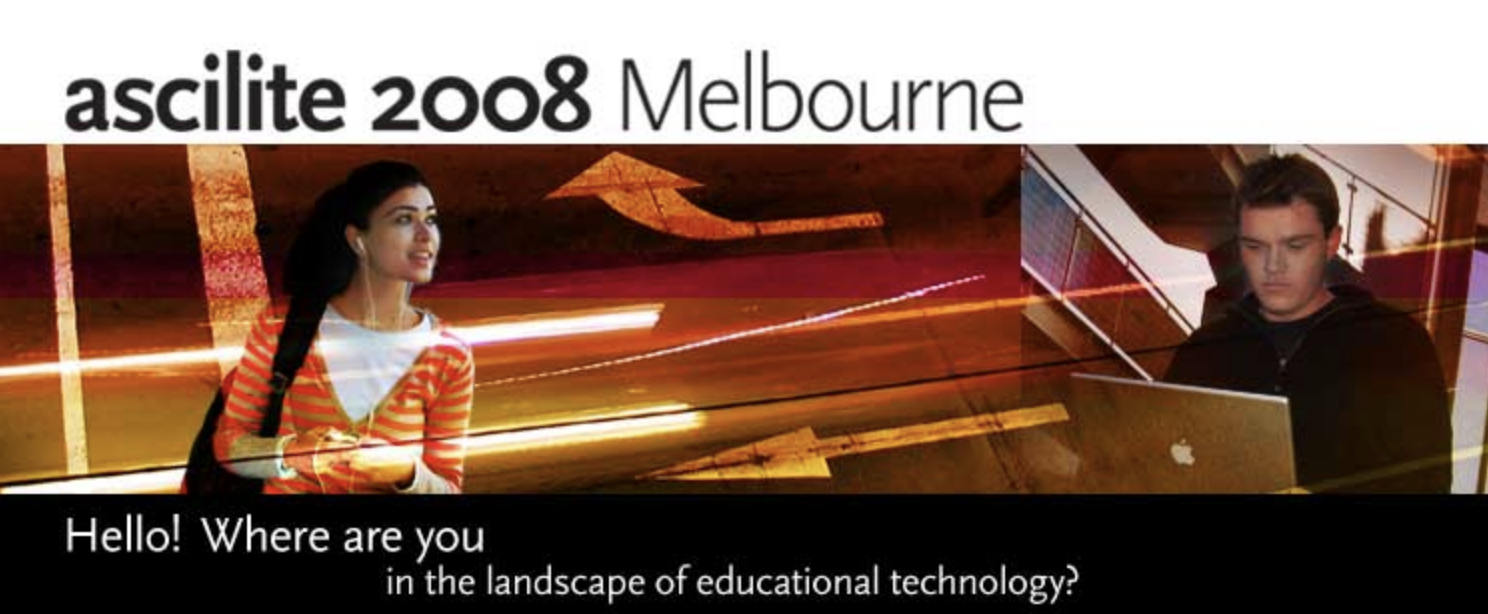Trigger
Bi-directional interaction via text messaging in a Web 2.0 student administration system
DOI:
https://doi.org/10.14742/apubs.2008.2388Keywords:
mobile communication, short messaging service, SMS, text messaging, HCI user interfacesAbstract
SMS technology in the university sector has been used primarily to push information to students. Trigger offers a more flexible use of the technology, enabling two-way ‘push- pull’ information access. A restricted vocabulary of requests for information ‘on-demand’ enables students to receive time-sensitive data such as assessment details, class scheduling and location information updates at minimal cost, irrespective of geographical location.
Trigger also has the potential to reduce the need for students to access university or home computer systems at peak usage times during the semester. Piloted at RMIT University in 2006, this SMS application was made available initially to a sample population of 183 students drawn from an information systems subject delivered to all business disciplines at first year undergraduate level. Surveys of uptake and usage of the technology were subsequently investigated via an online survey. The Technology Acceptance Model (TAM) was used to evaluate Trigger’s ‘perceived usefulness’ (PU) and ‘perceived ease of use’ (PEOU). This innovative SMS technology extends studies completed at Kingston University and Huang et al’s (2005) Kimono information kiosk and phone knowledge sharing system, built and evaluated at the MIT and Nokia research centre. This paper describes the RMIT University implementation experience including increased functionality, selection of system features and tested trigger words to other educational administrators considering implementation of SMS technology.
Downloads
Published
Issue
Section
Categories
License
Copyright (c) 2025 Joan Richardson, John Lenarcic, Linda Wilkins

This work is licensed under a Creative Commons Attribution 4.0 International License.





